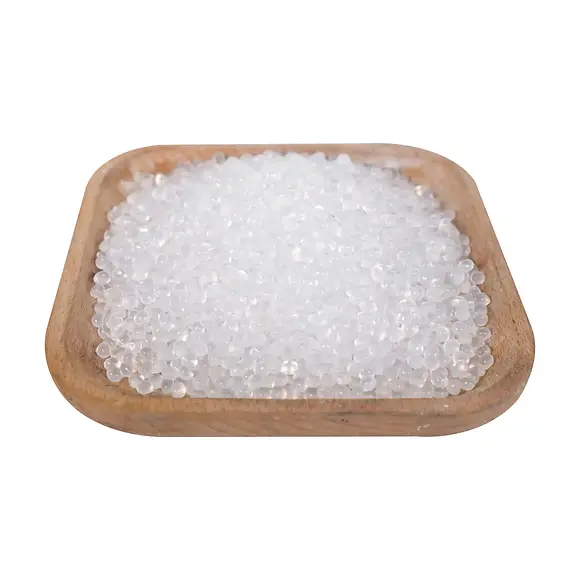

Project

EVA (Ethylene-Vinyl Acetate Copolymer)
Basic PropertiesEVA (Ethylene-Vinyl Acetate Copolymer) is a transparent or milky white material known for its excellent elasticity and flexibility. Its melting point typically ranges from 80°C to 120°C, depending on the content of vinyl acetate (VA). EVA has good chemical stability, aging resistance, and ozone resistance.
Quality Inspection Standards
Test Item | Standard Index |
Appearance | Transparent or milky white |
Density (g/cm³) | 0.92 - 0.98 |
Refractive Index | 1.480 - 1.510 |
Brittleness Temperature (°C) | < -60 |
Thermal Decomposition Temperature (°C) | 230 - 250 |
Processing PerformanceEVA offers excellent processing performance and can be molded using conventional thermoplastic processing methods such as injection molding, extrusion, and blow molding. Its processing temperature is 20 to 30°C lower than that of low-density polyethylene (LDPE). Due to its elasticity, EVA can be made into rubber-like film products without the need for vulcanization. EVA is easy to color, resulting in bright and vibrant products.
Main ApplicationsDepending on the VA content, EVA’s applications vary:
· VA content below 5%: Mainly used in films, wires and cables, LDPE modifiers, adhesives, etc.
· VA content between 5% and 10%: Primarily used in elastic films, injection molding, and foam products.
· VA content between 20% and 28%: Mainly used in hot melt adhesives and coating products.
· VA content between 28% and 33%: Primarily used in photovoltaic materials, solar cell adhesives, etc.
· VA content between 5% and 45%: Mainly used in films (including agricultural films), sheets, injection molding, molding products, foam products, hot melt adhesives, etc.